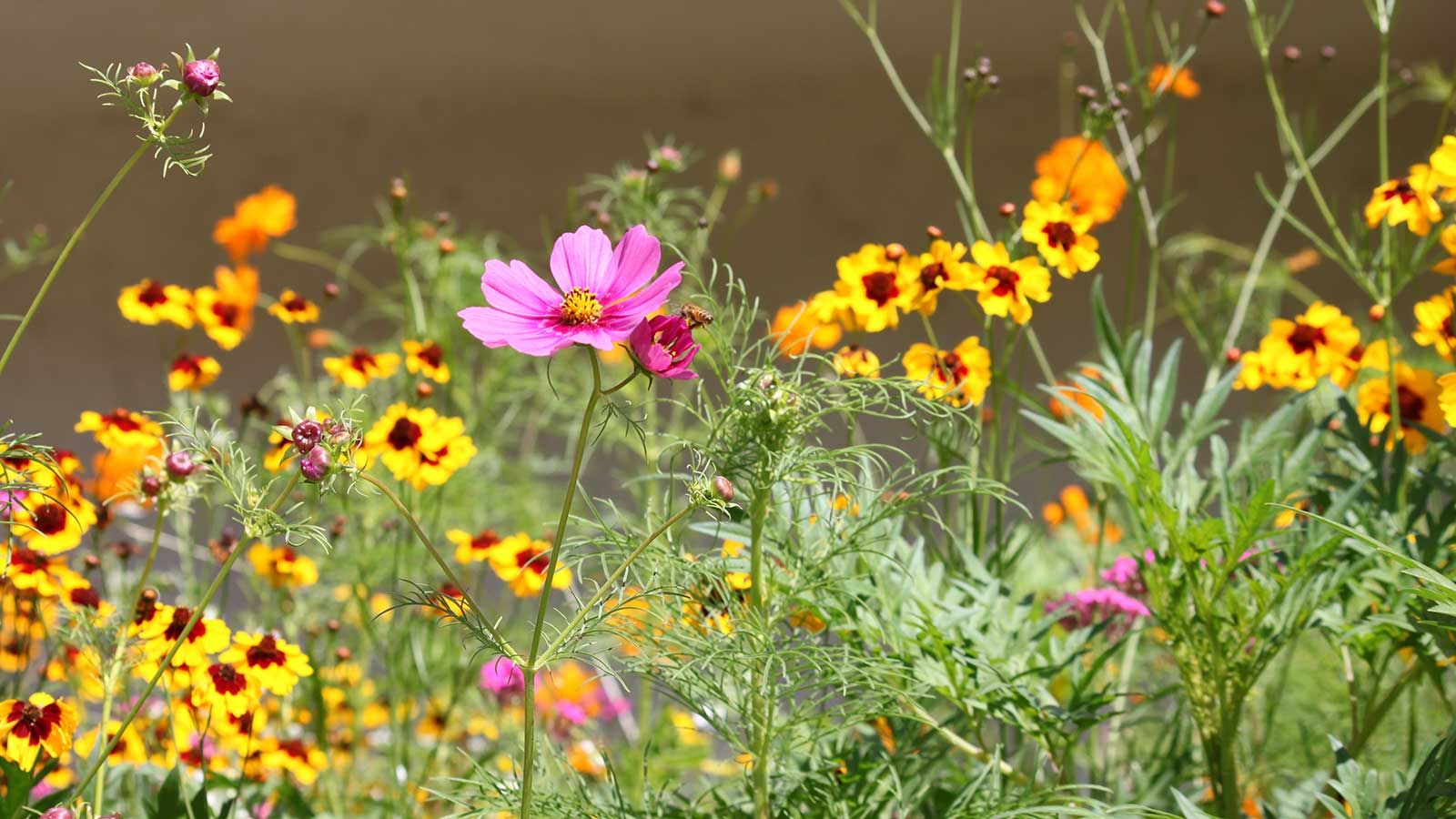Welcoming wildlife into a small, urban, outdoor space can seem tricky at first. For those with just a balcony or courtyard to work with, you can’t just dig into soil to make a pollinator-friendly flowerbed or a wildlife pond, and there’s no lawn to ‘rewild’. You may, however, be able to make a mini meadow – all you need is a large container and some carefully chosen plants.
Like when planting a wildflower meadow in a larger plot, mini meadows can benefit all sorts of small creatures, from local feathered friends to butterflies and bees. Not to mention, they’ll grace your space with extra color and movement, making it a more enjoyable place for you to spend time in, too.
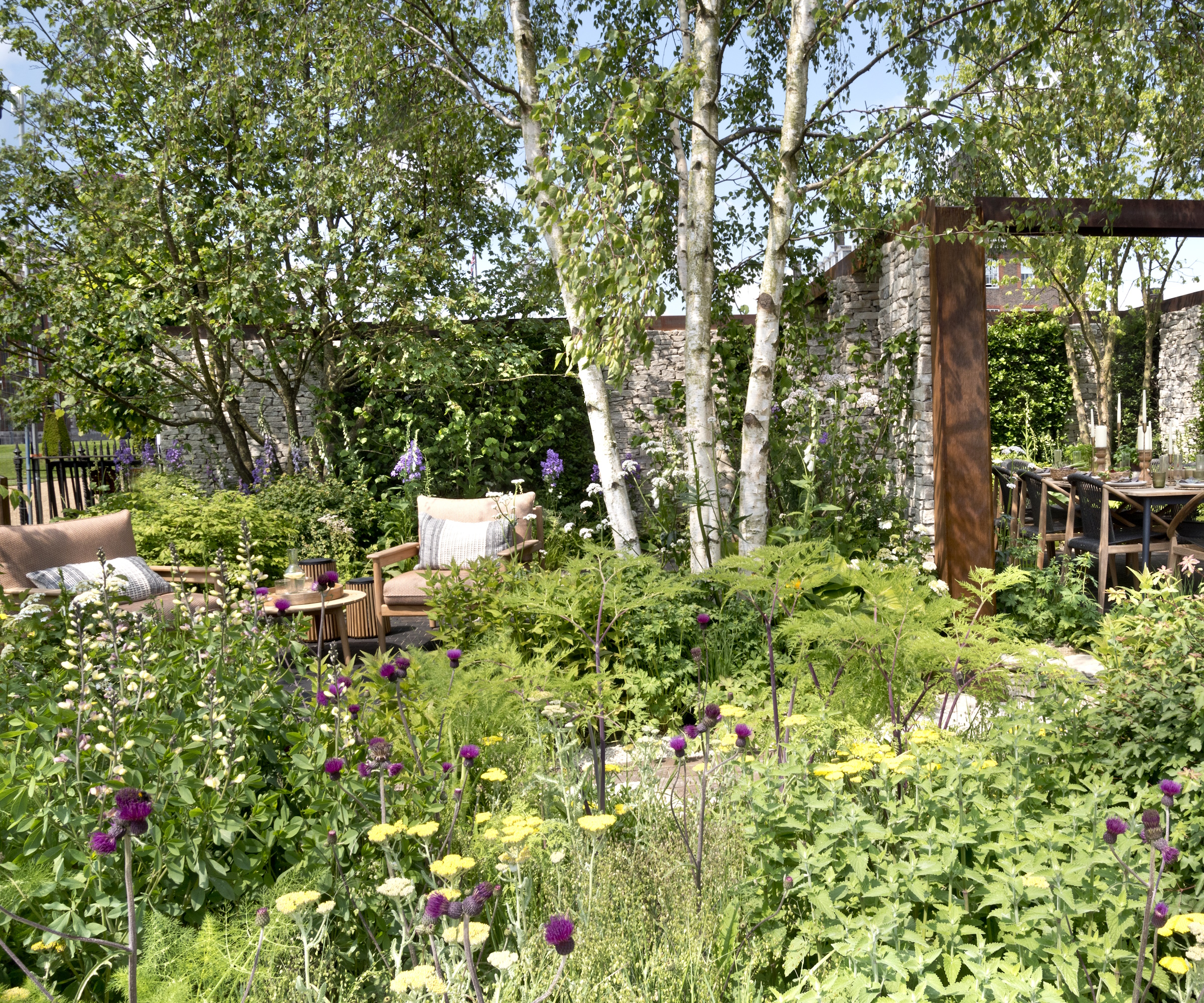
(Image credit: Future/Jacky Hobbs)
How to design a mini meadow in pots
Meadows are crowd-pleasers, popular with gardeners for their profusion of blooms and pollinator friendly blooms. Learning how to design a mini meadow will not only look good in your yard, but will also prove a hit with local bees and butterflies.
Which container to use for a mini meadow
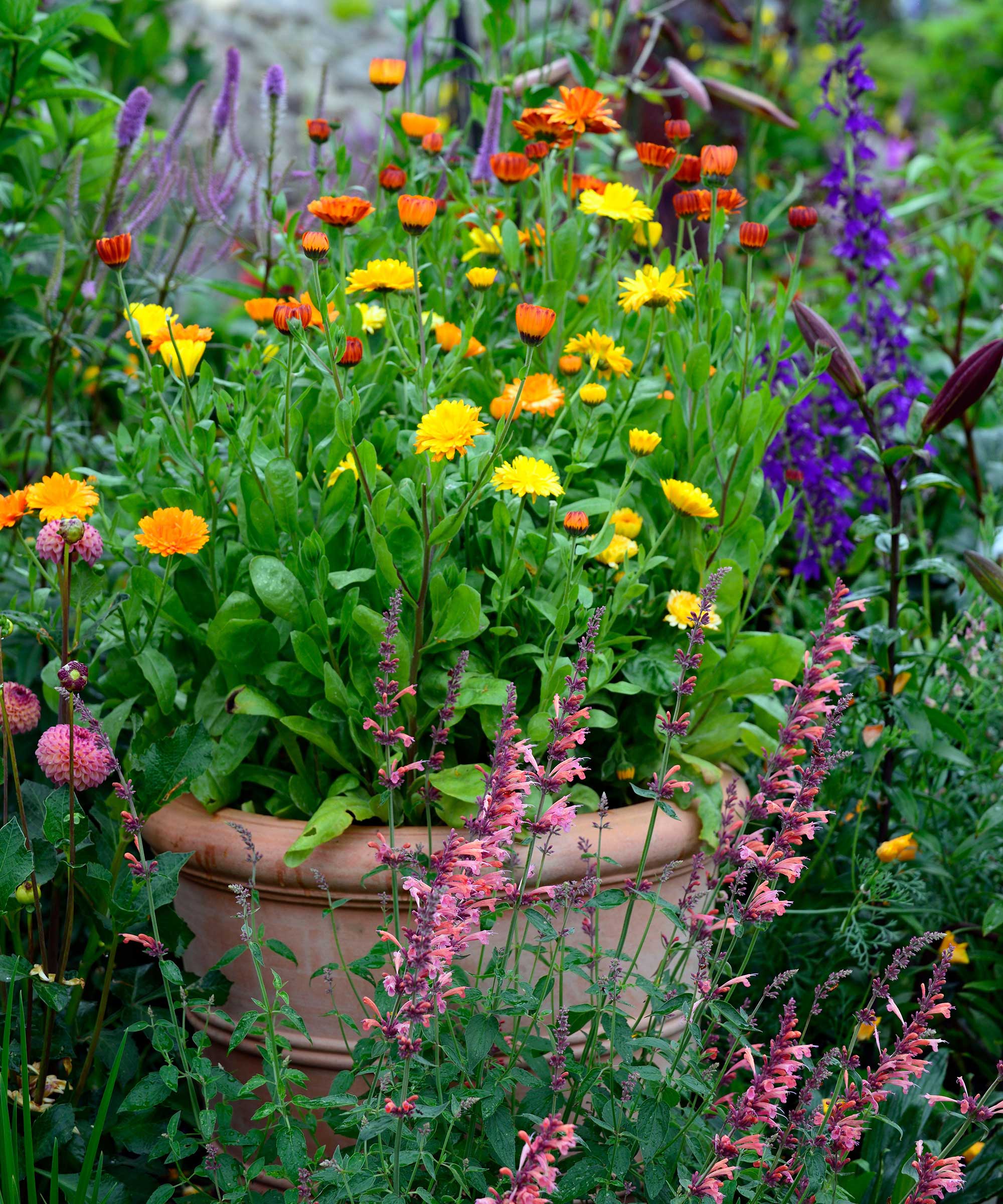
Terracotta pots can dry out quickly as they are porous
(Image credit: RM Floral / Alamy Stock Photo)
Tabar Gifford of American Meadows (a National Garden Bureau member) says: ‘Opt for a deep, well-draining container – at least 10 to 12 inches deep, with proper drainage holes to prevent waterlogging.
Terracotta pots, lightweight composite containers, or even creative upcycled vessels can all work beautifully, as long as they allow excess water to escape.
‘Larger containers are especially helpful, as they hold more soil, support more plants, and better replicate natural meadow conditions in a compact space,’ she adds.
It’s worth considering your US hardiness zone and climate, too. For wetter regions, you may want to opt for ceramic and terracotta.
As Mary Phillips from the National Wildlife Federation says, these materials will dry out more quickly and prevent problems with mold.
On the other hand, recycled plastic or metal containers prevent water loss, she highlights, so these would be better suited to drier regions.
‘These containers will also be easier to move or hang on a railing,’ she adds.
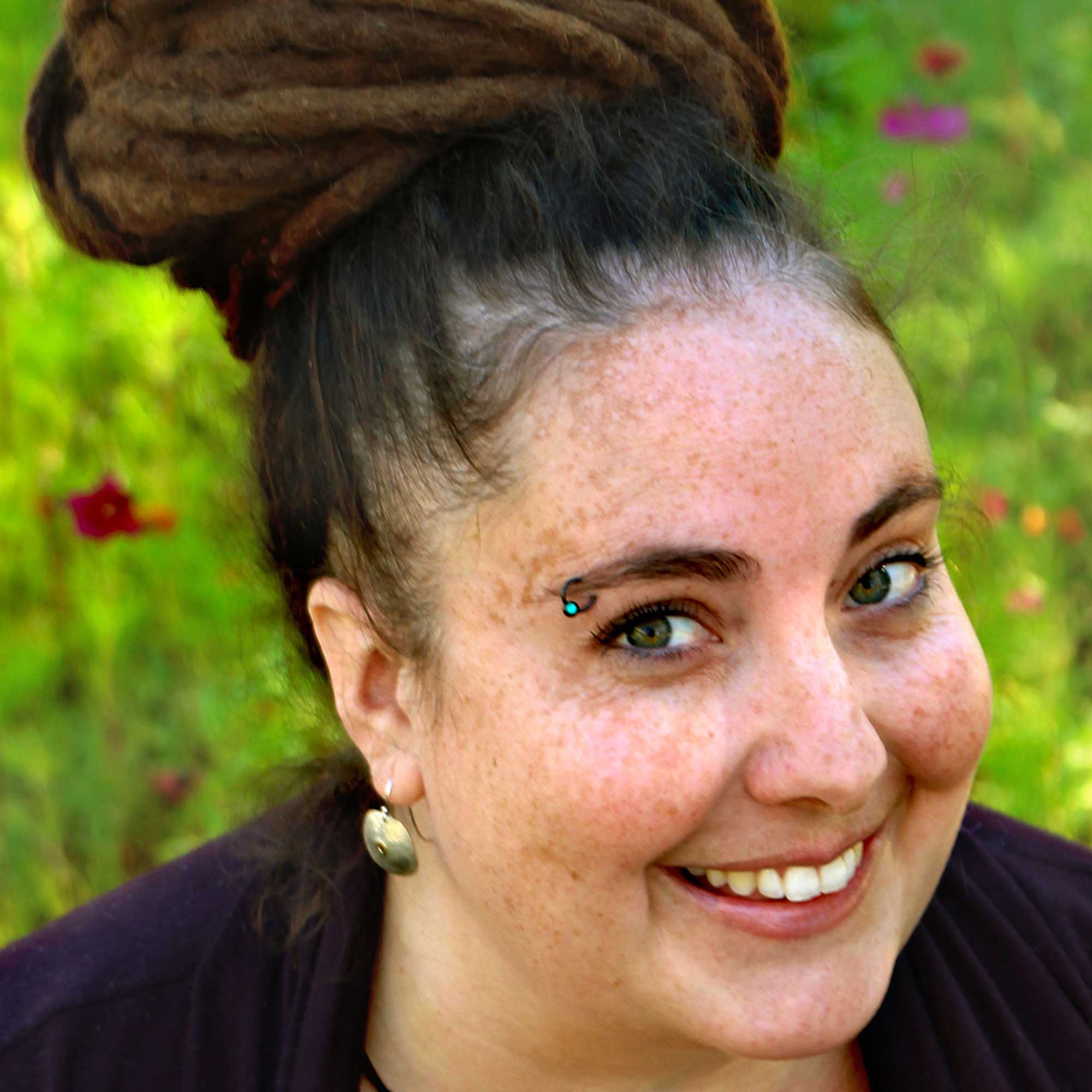
As the partnership cultivator at American Meadows and High Country Gardens, Tabar Gifford, a master gardener and dedicated ‘plant geek’, passionately fosters connections. With a lifelong love for gardening and nature, and a background in environmental studies and sustainable community development, she combines horticultural expertise with a commitment to education.

Mary Phillips is an ambassador for native plants. Her work ensures all habitat programs and resources are rooted in sustainable practices and the latest science.
Which soil to use for a mini meadow
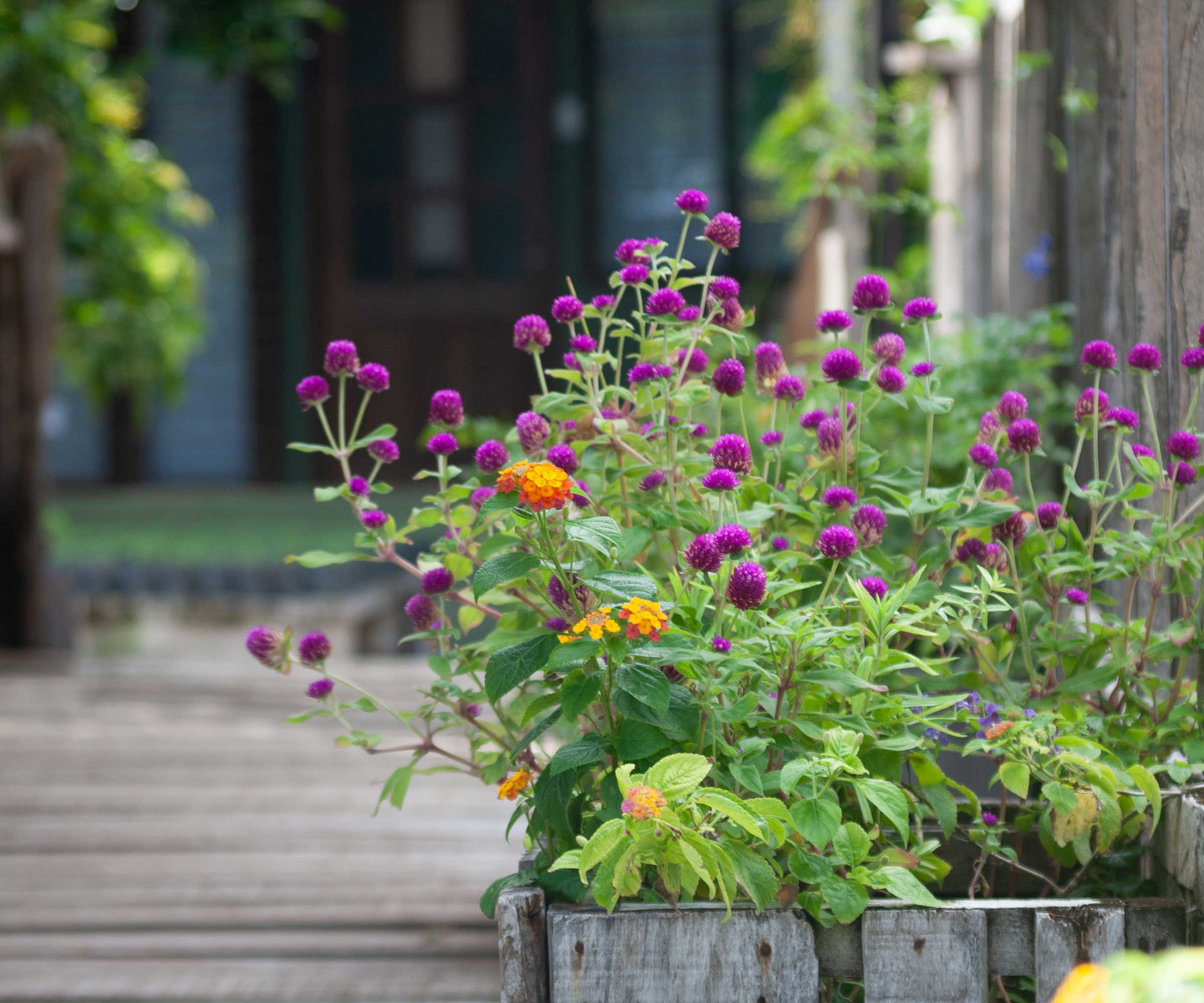
Use a well-draining potting soil for your mini meadow
(Image credit: desaart / iStock / Getty Images Plus / Getty Images)
‘For soil, choose a high-quality potting mix and amend it with coarse sand or perlite to enhance drainage – especially important for drought-tolerant wildflowers that dislike soggy roots,’ says Tabar.
She recommends steering clear of heavy or moisture-retentive soil types, which can lead to root rot and poor plant performance.
Which plants to choose for a mini meadow
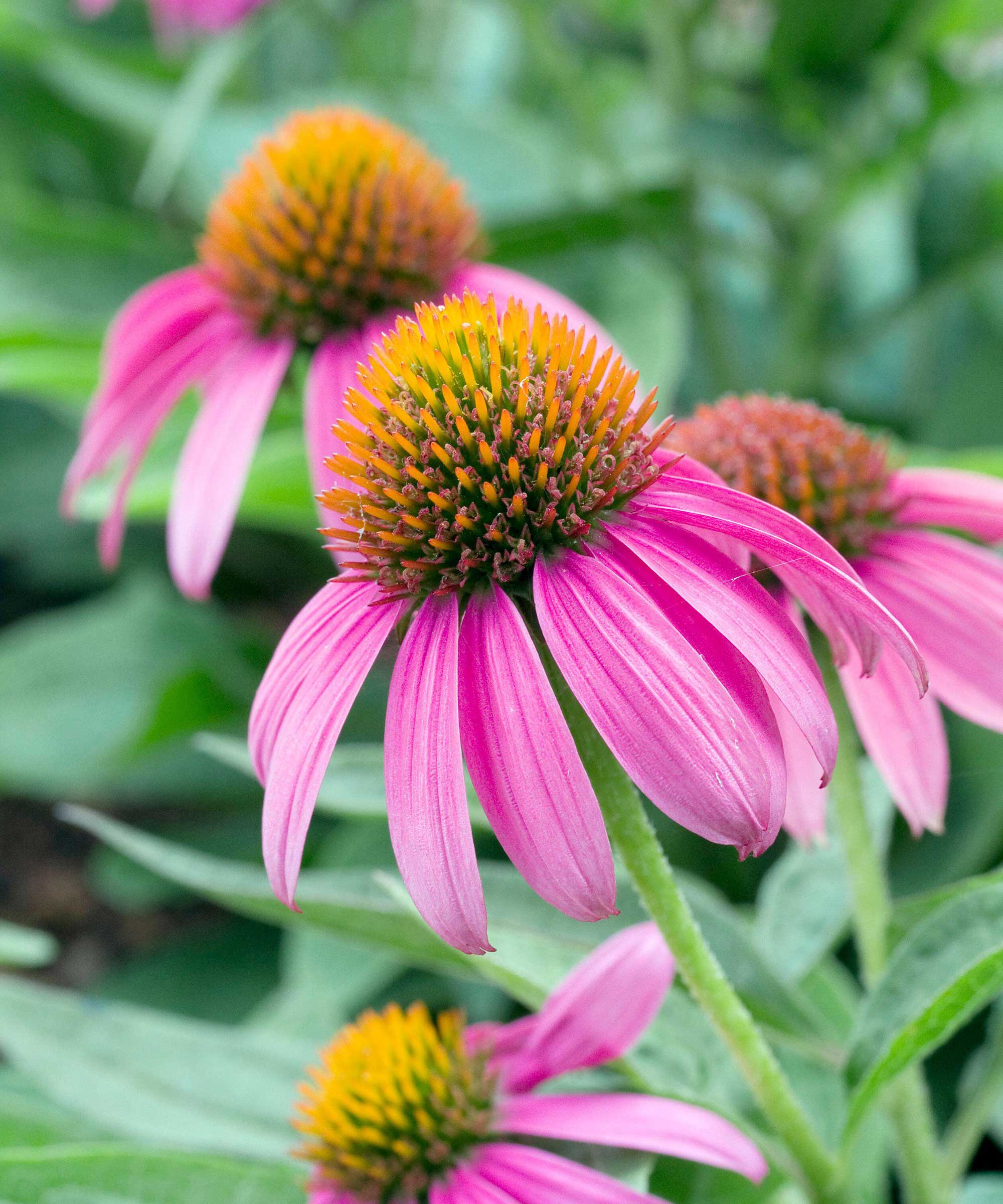
The ‘PowWow Wild Berry’ echinacea has striking blooms
(Image credit: Botanic World / Alamy Stock Photo)
Sowing a packet of mixed seeds is an easy way to get started and great if you’re relatively new to gardening.
‘My top choice is always going to be planting a mix of wildflowers; something short and compact is a great way to go,’ says Tabar. She recommends choosing a mixture that’s full of annuals for quick, rewarding color and a season of blooms.
Alternatively, you can take a more curated approach and plant specific varieties together.
Two suggestions from Tabar are agastache and zinnias. For the former, compact cultivars like ‘Blue Boa’, ‘Kudos Coral’, or ‘Little Adder’ are ideal for container growing, she says.
‘These plants are pollinator magnets, especially for bees and hummingbirds, and their fragrant foliage adds sensory appeal to your mini meadow.’
Zinnias, meanwhile, are ‘bright, cheerful, and one of the easiest flowers to grow from seed. Their continuous blooms offer abundant nectar for butterflies, bees, and other pollinators.’
Another go-to of Tabar’s is echinacea, otherwise known as coneflowers. ‘Coneflowers are native perennials that provide nectar for pollinators and seed for birds in the fall.
Compact varieties like “PowWow Wild Berry”, “Cheyenne Spirit”, or “Sombrero Sangrita” thrive in containers and deliver big impact in small spaces.’
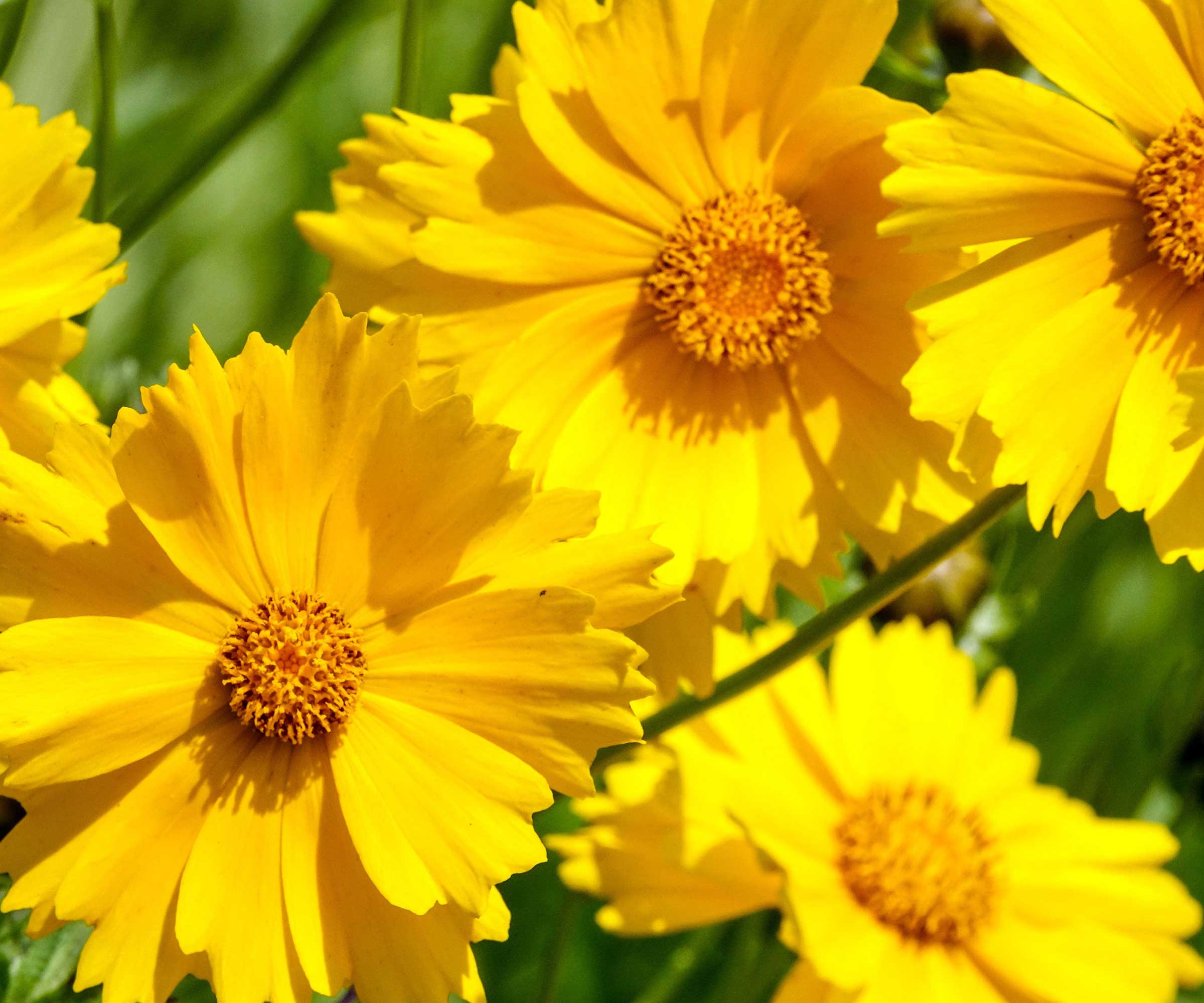
Coreopsis, also known as tickseed, will bring a pop of golden color to your display
(Image credit: Botany vision / Alamy Stock Photo)
It’s a good idea to opt for native plants where possible, as these will be adapted to your environment and are often the most beneficial for wildlife in your region.
To find plants appropriate for your zip code, Mary recommends using the National Wildlife Federation’s Native Plant Finder. Examples could include blue wood aster, which, according to Mary, is a valuable nectar source for pollinators in late summer to fall when many other flowers are fading, and is the larval host plant to the pearl crescent butterfly.
Another potential example she recommends is lance-leaved coreopsis – ‘a pollinator magnet with long-lasting blooms that will also provide seed heads for birds in late summer to fall.’
Kathy Thornton, the natural lands field technician at Washington College’s Center for Environment and Society, also suggests opting for grasses.
These not only help with weed suppression but can also offer nesting material for birds and insects, she says. Her recommendations include purple lovegrass (Eragrostis spectabilis) or little bluestem (Schizachyrium scoparium).
Another ornamental grass suggestion, recommended by Mary-Kate Mackey (a multi-award-winning garden writer, National Garden Bureau member, and co-author of The Healthy Garden – Simple Steps for a Greener World), is prairie dropseed (Sporolobolus heterolepsis), which can soften container edges.
She also recommends Panicum virgatum ‘Half Pint’, a switchgrass that ‘adds an upright flourish, blooms in summer, and features great fall color.’
FAQs
Where should you situate your mini meadow?
Tabar recommends placing your mini meadow somewhere that receives at least six hours of direct sunlight a day, as pollinator-friendly plants thrive in full sun. ‘Placing your container where it’s visible from indoors helps you enjoy the activity it brings, from buzzing bees to fluttering butterflies,’ she adds.
Which plants should you avoid in a mini meadow?
While many plants are suitable for mini meadows, there are some best avoided. First, steer clear of high-maintenance plants or those with a very short bloom time, as Tabar suggests.
‘The goal is to create a thriving, long-lasting display that offers continuous color, texture, and wildlife support throughout the growing season.’
Watch out for invasive plants, too. Mint, for example, may smell lovely, but spreads rapidly and can quickly take over a container, Tabar warns.
Tall, dominant grasses such as reed canary grass are also poor choices, she adds, as they can crowd out more delicate, pollinator-friendly species.
‘A mini meadow is not only a beautiful way to reconnect with nature in an urban setting, but it’s also a vital act of ecological stewardship,’ says Tabar. ‘By using compact, nectar-rich plants, even a small balcony can become a haven for wildlife.’
You may want to add other wildlife garden features to your space, too – our guides on feeding birds in winter, making a bee watering station, or making hummingbird food may all come in helpful for smaller plots.
Shop garden accessories
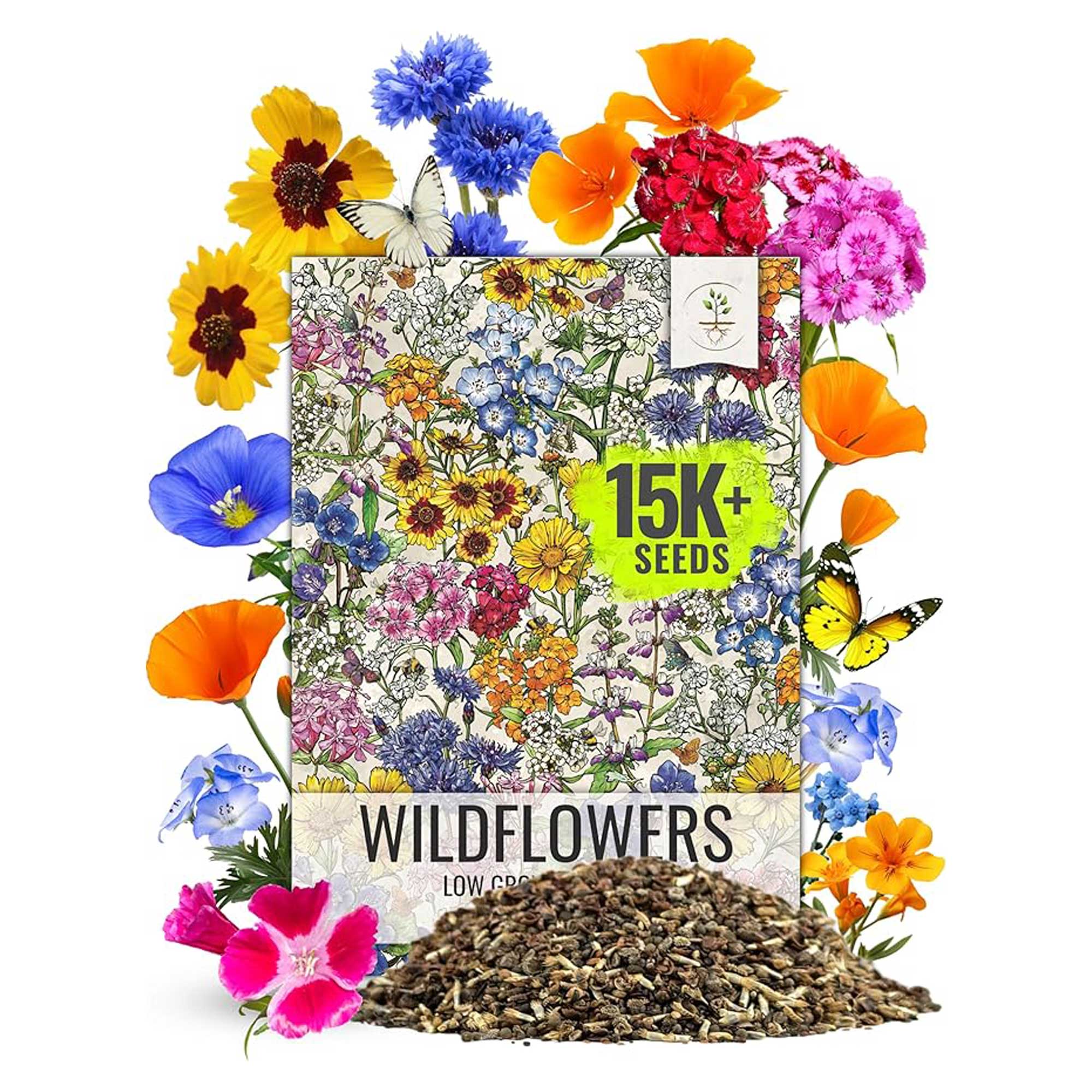
Low Growing Wildflower Seeds
Try planting this heirloom mix of compact annuals and perennials, such as cornflower, lance-leaved coreopsis, and California poppy.
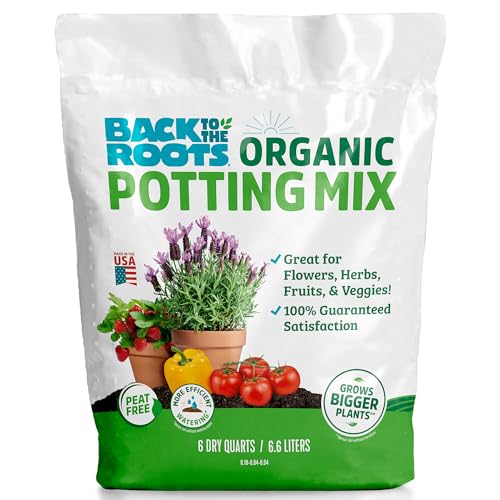
This all-purpose organic potting mix from Back to the Roots is packed with the nutrients needed for mini meadow planter.
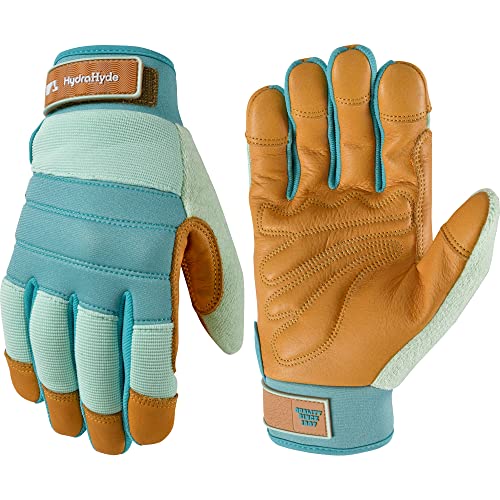
These stylish gardening gloves will keep your hands protected when planting in the yard and cutting back your meadow.

